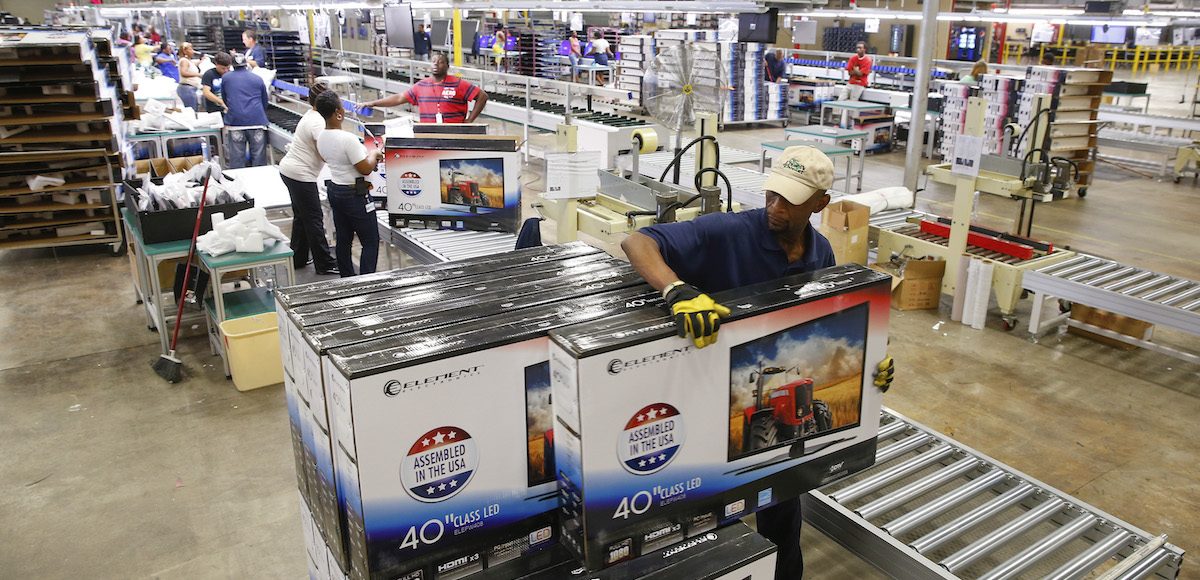

Employees have short meeting in the warehouse to check business inventory levels of goods. First in first out. (Photo: AdobeStock)
Business inventories were estimated at $1,936.9 billion, an increase of 0.4% (±0.1%) from April 2018. From May 2017, business inventories were up 4.4% (±1.2%), adjusted for seasonal variations but not for price changes.
While both are typically healthy builds, inventories are not building at a pace that keeps up with demand.
The combined value of distributive trade sales and manufacturers’ shipments for May, adjusted for seasonal and trading-day differences but not for price changes, was estimated at $1,449.7 billion, up 1.4% (±0.2%) from April 2018 and was up 8.6% (±1.2%) from May 2017.
The total business inventories/sales ratio based on seasonally adjusted data at the end of May was 1.34. The May 2017 ratio was 1.39.





